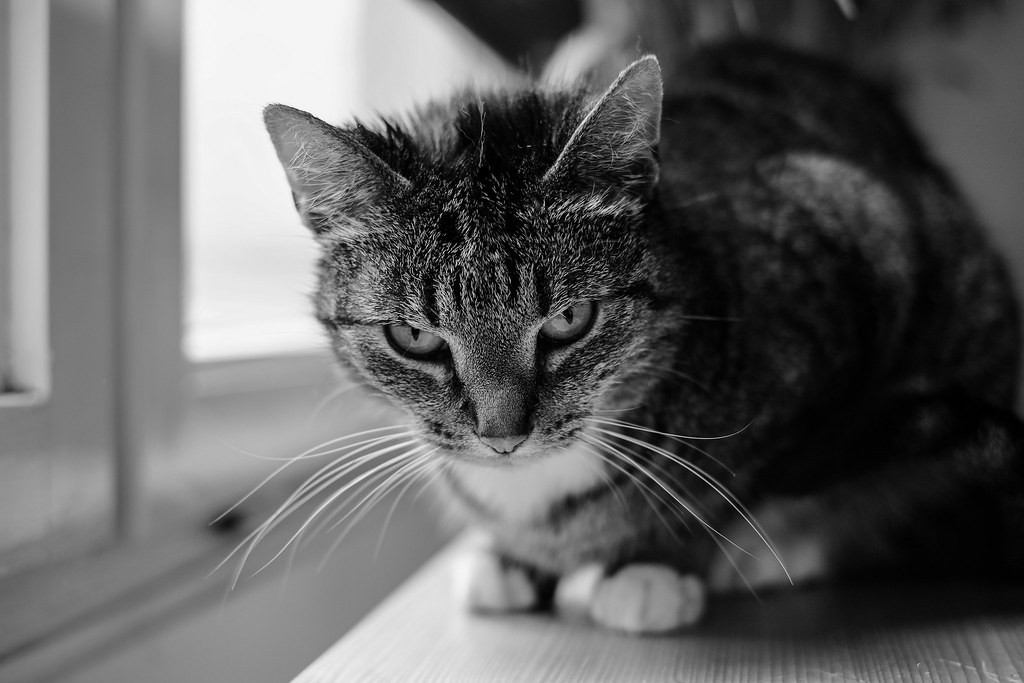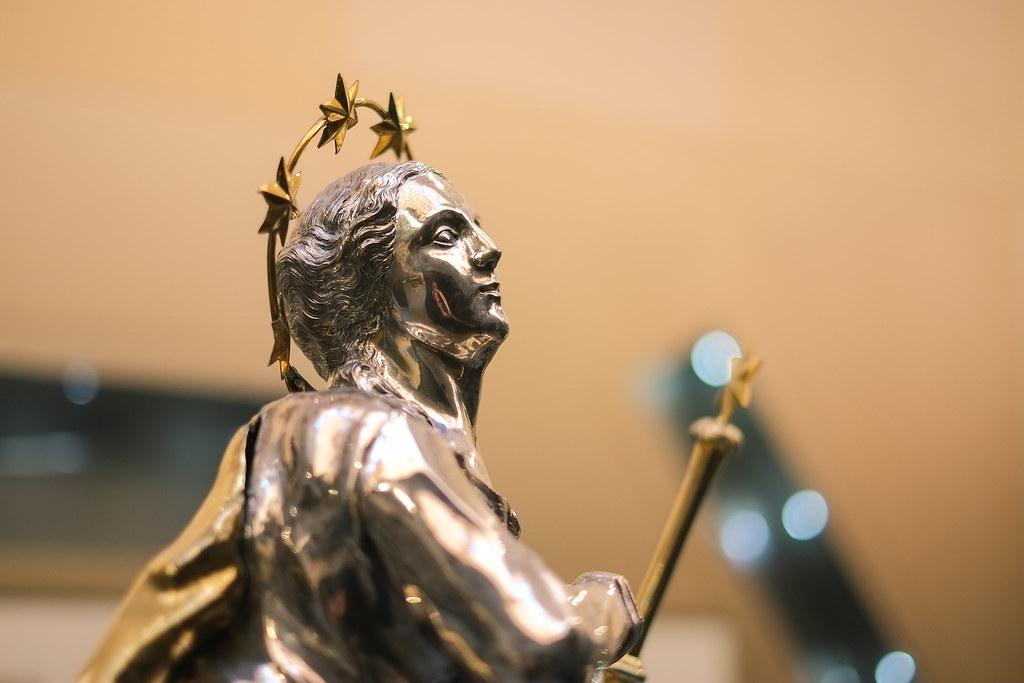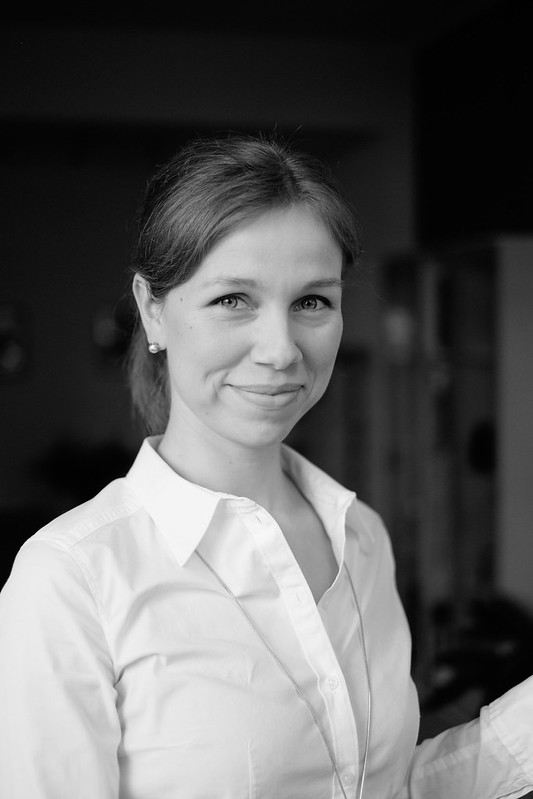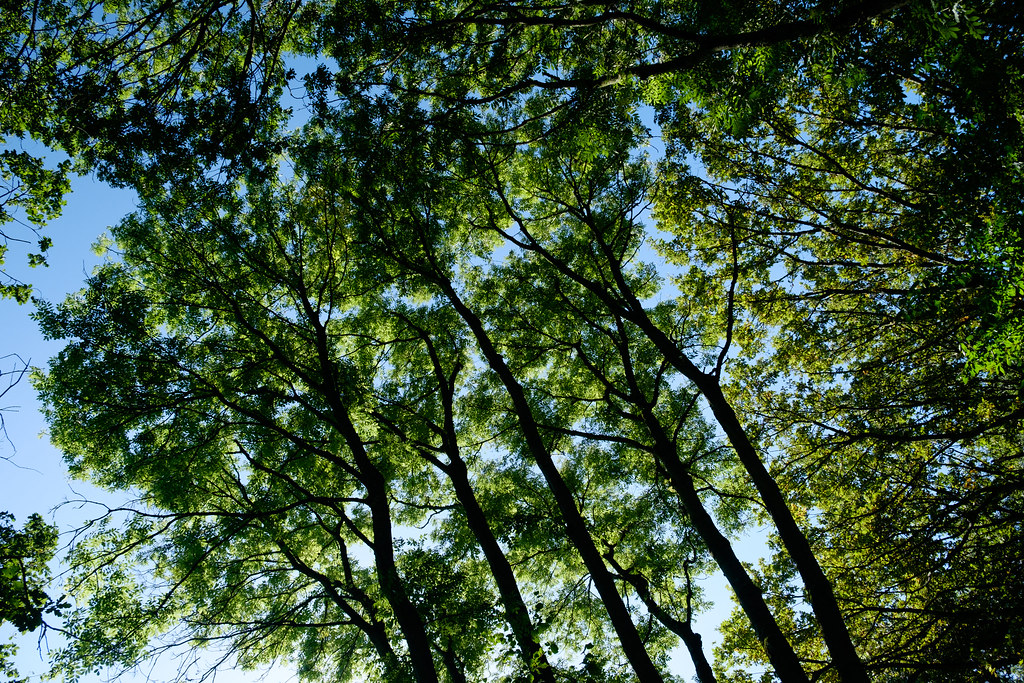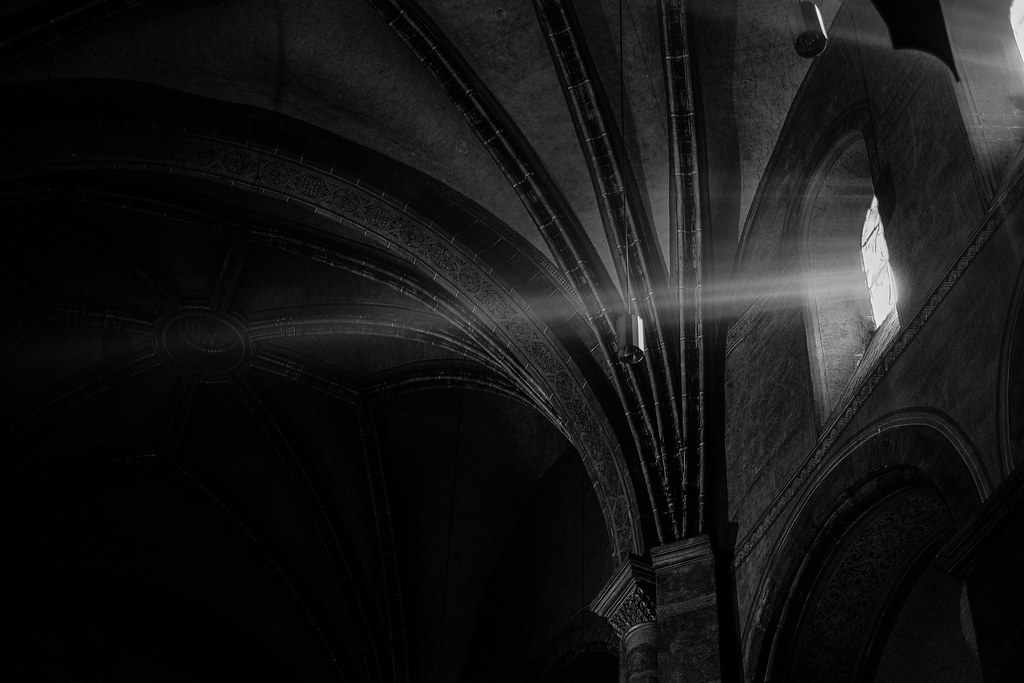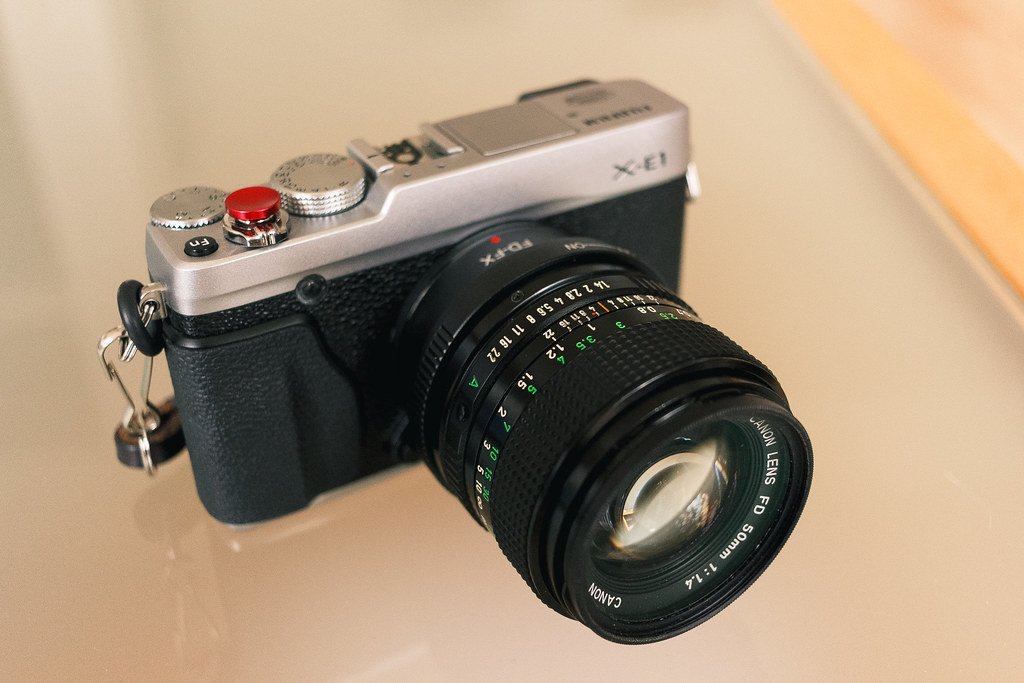Fujifilm - X100, X-E1, X-T1
Early in 2015 I was ready for something new camera-wise, so I started looking at Fujifilm X-series interchangeable lens cameras. The aim was not to replace my X100 (no camera could ever do that), but merely to see whether a Fuji could potentially replace my EOS 60D for travelling and nature photography.
Fujifilm X-E1, Fujifilm XF 35 1.4 | 1/150sec, f/2.0, ISO 400
After a long period of research and deliberation, I started looking for used cameras and quickly found a good offer: A silver X-E1 with the great Fujifilm XF 35mm f1.4. I decided on the X-E1 because of price and some negative feedback I had read about the X-Trans II sensor in later models (X-E2, X-T1). Later in 2015, I got a Fujifilm X-T1 on loan for a few months, allowing me to directly compare the X-E1, X-T1, and X100. I don’t want to talk too much about technical differences between these systems, just the ones that I noticed and that impacted me.
X-E1: OVF, Shutter, Focus, Buttons
The first thing that immediately struck me was the size of the X-E1: No matter which lens, it would never be as compact as the X100. The X100 fits into my pocket for some of my jackets, the X-E1 almost never does.
In terms of buttons and menus, the X-E1 is a welcome evolution of the somewhat awkward UI that the X100 started out with. The X-T1 retains the same menu layout. As far as buttons and usability is concerned, Fujifilm has stayed true to its often-praised layout, with dedicated hardware buttons for important things like shutter time, aperture, and exposure compensation. No suprises here, all of these cameras handle amazing which makes you want to take them with you wherever you go. My only gripe with the X-T1 is that it does not have a threaded release button.
Fujifilm X-E1, Fujifilm XF 35 1.4 | 1/100sec, f/1.4, ISO 200
Neither the X-E1 nor the X-T1 has the same hybrid viewfinder of the X100, and for me that’s OK. While the OVF might be nice for hardcore street photographers, I’ve rarely used it on the X100, usually preferring the exposure preview of the EVF. The EVF in the X-E1 is OK, but not really any better than the X100. This is different with the X-T1: Its viewfinder will knock your pants off! It’s huge, it’s bright, it rotates the display, and it actually allows you to manual-focus stuff without guessing (also thanks to various focus-assist features). This is the way I want to be using my cameras going forward.
The shutter in the X-E1 is outright loud when compared to the silent leaf shutter of the X100. Having said that, it’s still not as loud as my DSLR. With the X-T1, you can choose between an equally-loud mechanical shutter or a completely silent electronic shutter. The electronic shutter might create some ghosting effects and other artifacts under some circumstances, but in general it works really well. For me, being able to shoot in a church with not sound at all is a great feature in itself. If you focus manually you won’t even hear the chatter of the lens.
Both fotos: Fujifilm X-E1, Fujifilm XF 35 1.4
As far as auto-focus is concerned there were no real surprises: I was shooting with the XF 35mm 1.4 most of the time, one of the slowest AF lenses from Fujifilm. Still, with the latest firmware upgrade, the X-T1 was able to drive the focus with a surprising pace. Certainly quick enough for all my needs. The X-E1 is no slouch either.
X-Trans vs. Bayer
A lot has been said about all of these cameras before, and especially with regards to very technical aspects like AF speed, resolution, sequential capture speed, battery life. For me, none of this matters that much with these kind of cameras, my EOS 60D is still able to beat the Fujfilm cameras in any of these aspects (sadly). What the Fujifilm cameras have going for them is the very natural handling and their gorgeous color rendition.
Left: X-T1, Right: X-E1. Both: Fujifilm XF 35 1.4
What I didn’t really realize until shooting with the X-E1 and X-T1 was that they were actually using the Fujifilm X-Trans sensors. Basically, these sensors are different because they have a different color pattern than traditional Bayer sensors, such as the one in the X100. Now, I really don’t care about the pattern of the sensor, even if it’s supposed to render colors even truer to what the human eye is able to perceive. I do care however if the sensor introduces problems that haven’t been there before.
There are a few things about the X-Trans sensors that I really dislike, and it all comes down to conscious decisions made by Fujifilm. First off, the film emulations render differently, often with more contrast and less dynamic range. The most obvious difference to the X100 is that they no longer render as “warm” as my X100 did, which has actually been observed by a number of people who traded their brand-new X100S/T back in for an old X100. But with some different settings I can still work with the JPEGs that these cameras drop.
Fujifilm X-T1, Fujifilm XF 18-55 | 1/210sec, f/5.6, ISO 400
The biggest flaw is certainly the rendering of skin tones at high ISOs by X-Trans II sensors. This is an issue that has been described in countless forums threads as “waxy” or “plastic” skin tones. Sadly, photographing people in dimly lit settings is something I do quite often. The only remedy here is to shoot RAW and develop in Lightroom, which presents the next problem: RAW support for Fujifilm X-Trans files still sucks in Lightroom. The files often come out looking like an impressionist painting (see: “watercolor effect”), especially with details like foliage. Also I didn’t want to start developing RAW with these cameras when JPEG always worked fine for me. For now I shoot RAW+JPEG and usually throw away the RAW files until the effect is really noticeable.
Fujifilm X-T1, Fujifilm XF 35 1.4 | 1/30sec, f/1.4, ISO 1250
Manual lenses
The cool thing about a mirrorless interchangeable lens camera is that you can get all sorts of neat manual-focus lenses from the days of full-frame SLR film photography. There are plenty of cheap adapters available. As far as the lenses go, you should do some research about good ones. These do not come dirt-cheap since everyone has realized the value of these old gems by now.
Fujifilm X-E1 with Canon nFD 50mm 1.4
I got myself a Canon nFD 50mm 1.4 and a Canon nFD 24mm 2.8 from eBay. Together, these lenses cost me about €120, a lot less than any experiment with used Fujifilm lenses would have run me. To be fair, the 24mm is not a very sharp lens. It has to be stopped down before you want to use the pictures it produces. The 50mm 1.4 is a lot better: It has some issues wide open (slight CAs and general sharpness), but it produces beautiful images and still has a creamy bokeh when stopped down just slightly. While these are not the lenses I use every day, they are fun to shoot with as they force you to slow down and further complement the whole rangefinder-like hands-on experience with these cameras. When using manual focus lenses, the X-T1 is clearly superior to the X-E1 because of its huge EVF.
Fujifilm X-T1, Canon nFD 50 1.4 | 1/40sec, f/1.4, ISO 640
Verdict
In the past few months I had some time to dwell on the differences of these cameras. I’m now sure that neither of these cameras can replace one or the other unequivocally. The X100 is unique because of its size and perfect sensor/lens combo. Furthermore, the 23mm focal length of the X100 is perfect in my opinion. It made me get a 24mm pancake lens for my EOS 60D and I was even considering the XF 23mm 1.4 for the X-E1, stupid as that may sound. The X-E1 is the compromise of an X100 with interchangeable lenses. The X-T1 is the absolutely bonkers workhorse in the line-up: fast, professional, solid. Still, it is not able to replace a rangefinder-like camera such as the X-E1 for everyone. The fact that neither camera can be recommended over the other is remarkable. With DSLRs, the “larger” models are always preferable save for price and maybe size.
Fujifilm X-E1, Canon nFD 24 2.8 | 1/140sec, f/x.x, ISO 400
For me, having three cameras (plus my DSLR) did not make it any easier to find a verdict about which of these cameras might be my main camera. When I was in doubt I just took my X100 (mainly due to size), and it never disappointed me. My advice for someone who wants to enter the Fuji X system would be this: Start out with one of the older models. They can be had for fair prices and in terms of image quality they are still on the same level (or even above) the newest models. If you like the system but need things like a quick AF, you can always keep your lenses and trade your body for a newer model.
While this review might sound slightly negative, this is just me being pedantic. All of these issues I mentioned are minor and quickly forgotten once you start using the cameras. The image quality and color reproduction are amazing, the lenses are tack-sharp and the cameras are a joy to shoot with. I’m not yet selling my EOS 60D, but I find it increasingly hard to pick it up. The EVF and the manual handling really improved my photography and frequently make the difference between mindless snapping and conscious photography.
